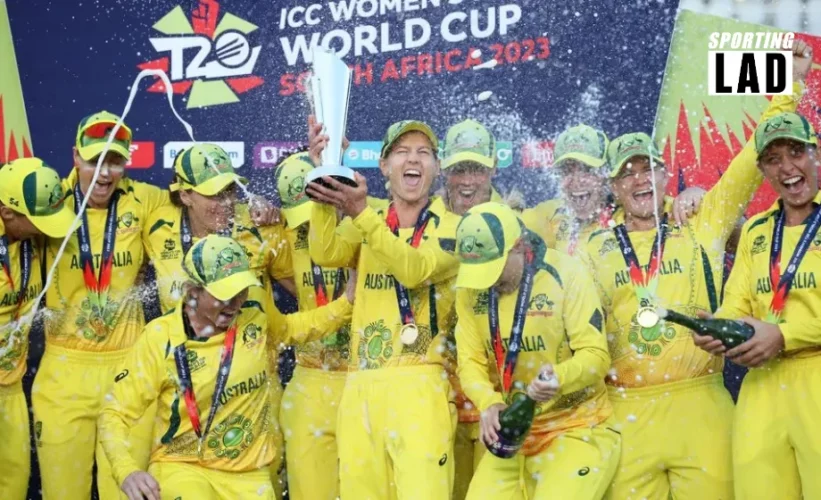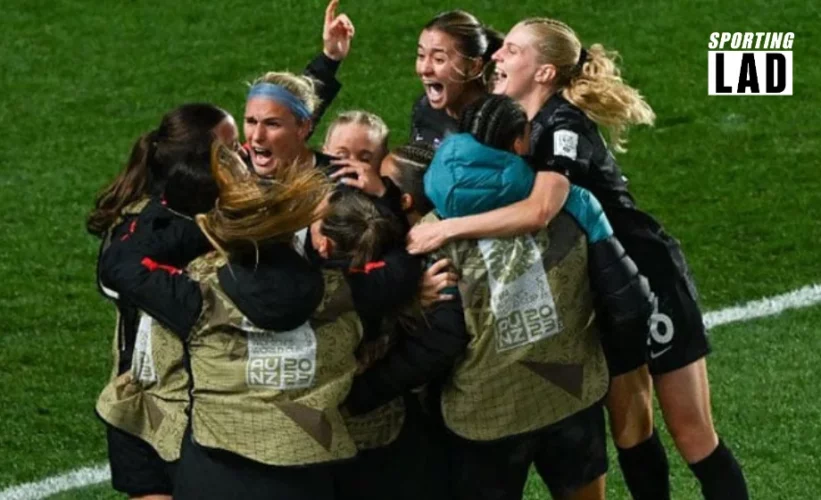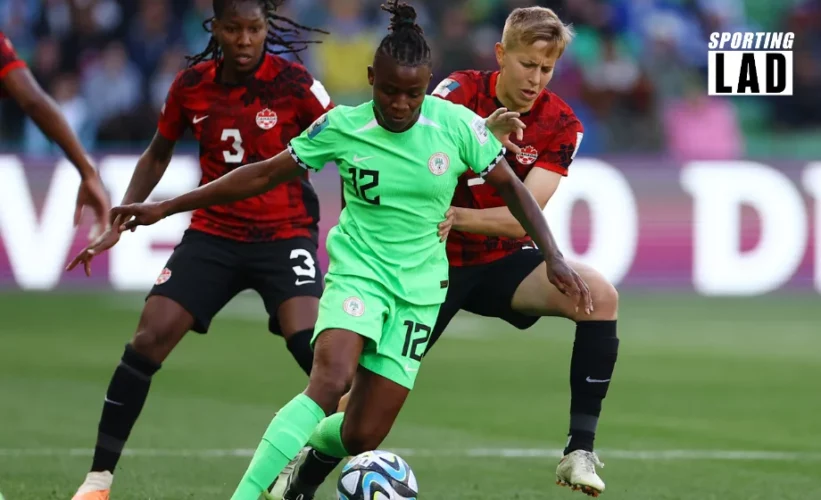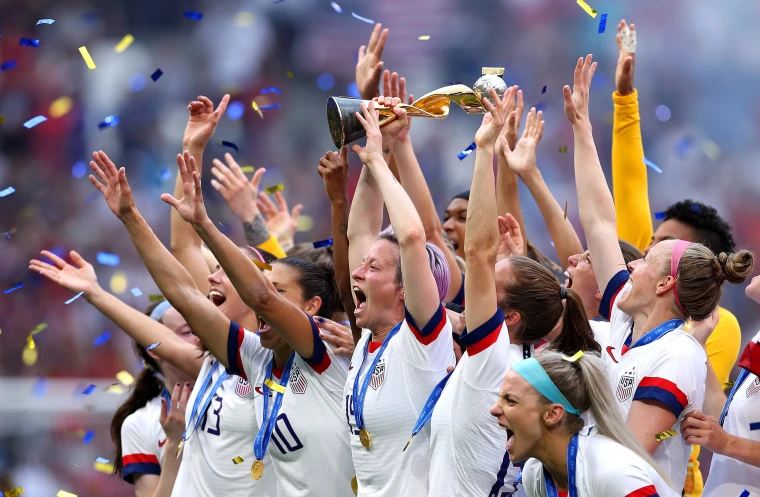The FIFA Women’s World Cup is an international event that showcases the top FIFA world cup women’s final from all around the world.
The FIFA world cup women’s final has evolved into a pinnacle event that awes spectators and inspires generations of female competitors thanks to its rich history, significant matches, and significant impact on women’s sports.
FIFA world cup women’s final, like the men’s Reality Cup, gathers crews from different nations together to compete for the coveted status of title holders.
This article examines the Women’s World Cup’s importance, history, prominent occasions, cultural effect, and that’s just the beginning.
The FIFA Women’s World Cup’s Importance
A significant part of advancing gender parity and empowering women in sport is the FIFA Women’s World Cup.
The competition breaks down barriers and challenges preconceptions by giving women’s football a global platform and showcasing the outstanding talent, athleticism, and passion of female players.
The Women’s World Cup demonstrates that football is a sport in which women succeed and reach greatness, not merely a game for men.
History of the FIFA Women’s World Cup
There were twelve groups competing in the 1991 FIFA Women’s World Cup, which was held in China. In the wake of overcoming Norway in the title game, the US turned into the debut victor.
From that point forward, both the quantity of members and the Women’s World Cup’s acknowledgment on a worldwide scale have expanded emphatically.
The Women’s World Cup has seen notable moments and performances over the years that have cemented their place in football history.
Teams like the US, Germany, and Norway have dominated the competition, demonstrating their talent, camaraderie, and spirit of competition.
Legendary players like Marta, Birgit Prinz, and Mia Hamm have influenced a new generation of ambitious footballers.
Growth and Development of Women’s Football

The opposition has given Women’s football a stage to develop, moving more young Women’s to play the game and supporting ability improvement drives.
More nations are investing in infrastructure, coaching, and grassroots initiatives to develop young players as women’s football continues to grow in popularity.
The level of the game has improved as a result of the additional opportunities and resources, making the Women’s World Cup more intensely competitive and captivating.
FIFA Women’s World Cup Format
The construction of the Women’s World Cup is equivalent to that of the men’s opposition.
Groups play inside their own confederations to procure a situation in the title occasion during the main stage, known as the capability stage.
The qualified groups then contend in an extended competition that comprises a gathering stage, knockout rounds, and a title game.
The tournament format makes sure that teams play a number of difficult matchups that put their abilities and resiliency to the test.
Top Teams and Players in the Women’s World Cup
The Women’s World Cup has seen the emergence of several teams as dominant forces. With their outstanding performances and four championship crowns, the United States has raised the bar for excellence.
In addition to Brazil, Germany, Norway, and Norway have all had successful tournaments, displaying their tactical mastery and individual brilliance.
The Women’s World Cup has revealed players with extraordinary talent.
She has won numerous individual honors and had a significant impact on the competition. Other prominent athletes include Homare Sawa, Megan Rapinoe, and Abby Wambach, all of whom have won over fans with their talent and leadership.
Notable Matches and Moments
Fans all over the world have been captivated by a number of remarkable matches and events from the Women’s World Cup.
These occurrences, which range from miraculous comebacks to last-second scores, have become an essential part of football mythology.
Brandi Chastain’s winning penalty kick for the United States in the final of the 1999 Women’s World Cup is one of the most memorable moments in the tournament’s history.
The victory of women’s football was symbolized by Chastain’s jubilant posture, which included ripping off her jersey. This picture has endured throughout sports history.
Impact of the Women’s World Cup on Women’s Sports
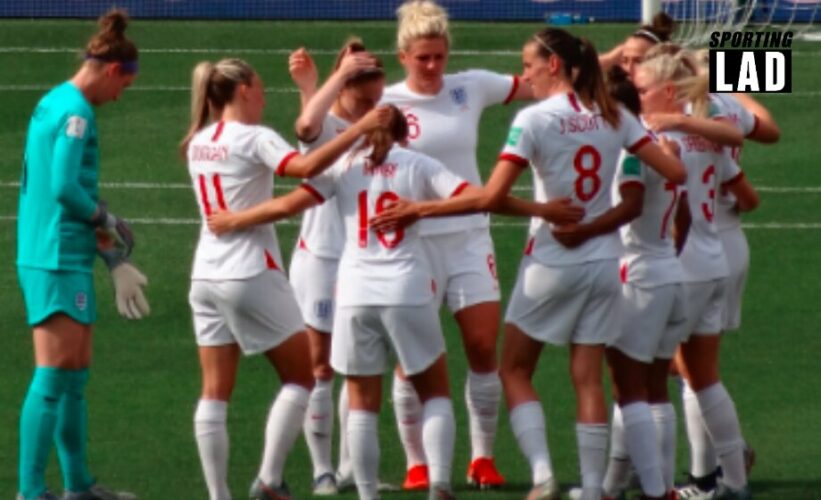
Beyond the field of play, the Women’s World Cup has had a significant impact on women’s sports.
Numerous girls and women have been motivated to play sports as a result of the competition, which has also promoted empowerment, self-assurance, and teamwork.
Greater gender equality in sports has been possible as a result of female athletes’ success and prominence during the Women’s World Cup.
The Women’s World Cup’s Social and Cultural Importance
The Women’s World Cup Final has developed into a noteworthy cultural occasion that goes beyond athletics.
By bringing people together, it fosters variety, inclusivity, and respect for one another.
Conversations regarding the place of women in society and other social issues, including gender inequality, are sparked by the event.
Economic Impact and Media Coverage
The economic impact of the Women’s World Cup is growing along with its popularity.
The event draws sponsors, advertisers, and broadcasters, resulting in money being made and money being invested in women’s football.
Fans from all over the world may now follow the competition closely thanks to increased media coverage, which has increased public interest in the activity.
Challenges and Controversies
The Women’s World Cup has encountered difficulties and controversy despite its success.
The continued fight for gender equality in sports has been made clear by issues like unequal prize money, differences in facilities and resources, and prejudice.
These difficulties have, however, also sparked conversations and initiatives to overcome these inequalities and provide a more welcoming atmosphere for women’s football.
Conclusion
The FIFA world cup women’s final is more than just a football competition; it’s also a celebration of women’s talent, tenacity, and enthusiasm for the sport.
The competition has evolved into a representation of female emancipation, encouraging women and girls everywhere to achieve their goals and dismantle stereotypes.
In order to foster a society where gender equality flourishes both on and off the pitch, let’s continue to promote and champion women’s football as we anticipate future Women’s World Cups.
Suggested read: How to Watch Women’s World Cup on RaiPlay for Free from Anywhere

